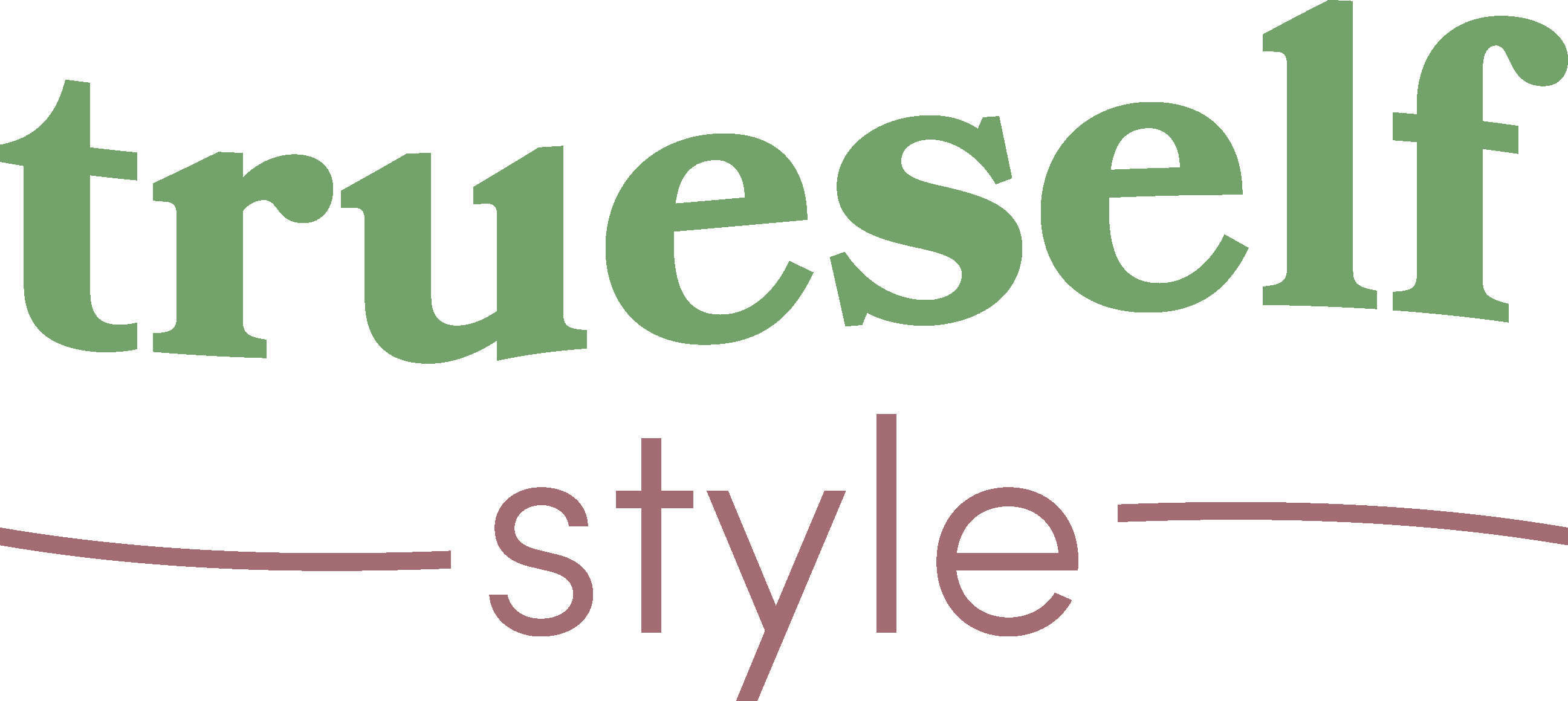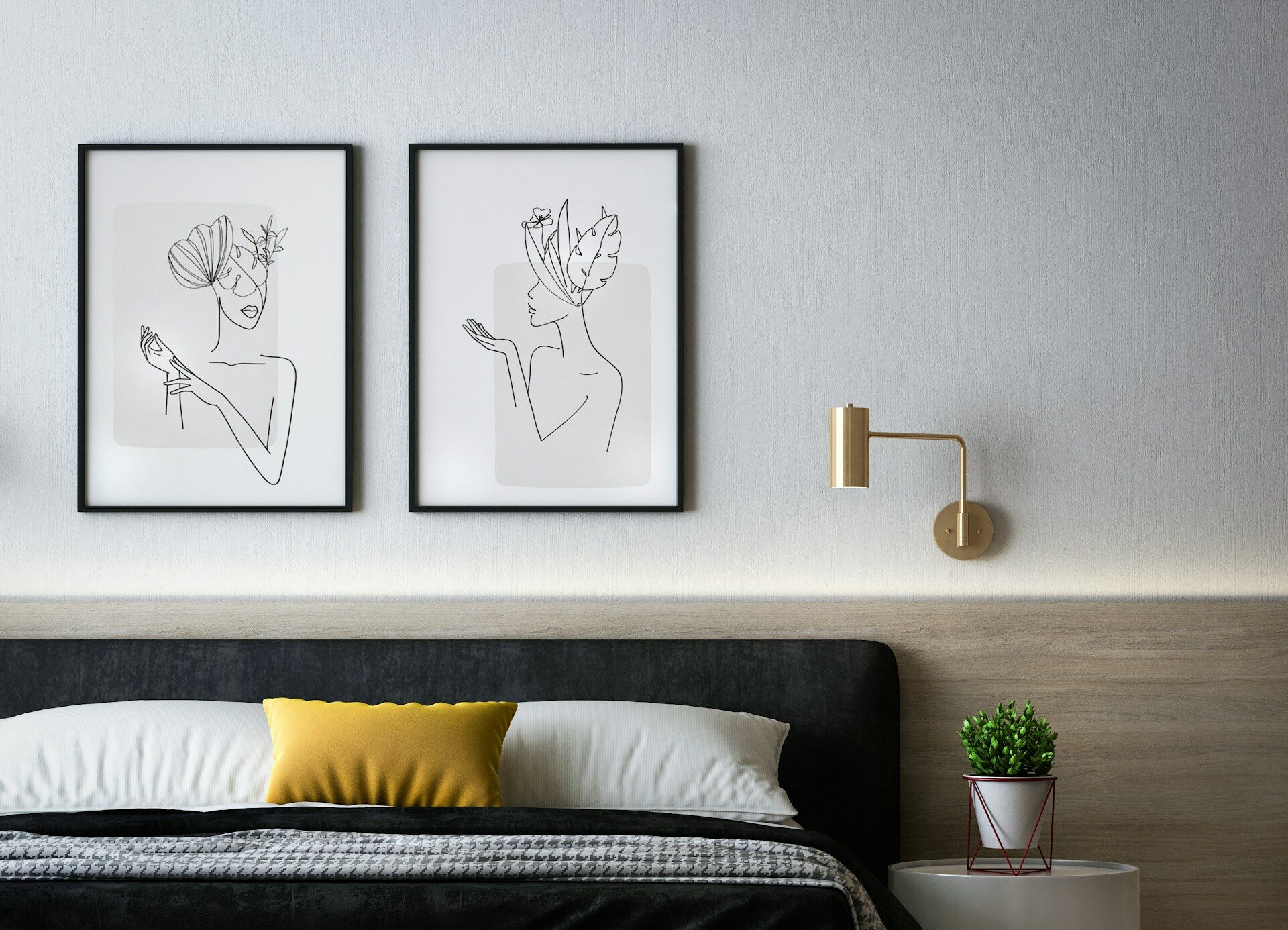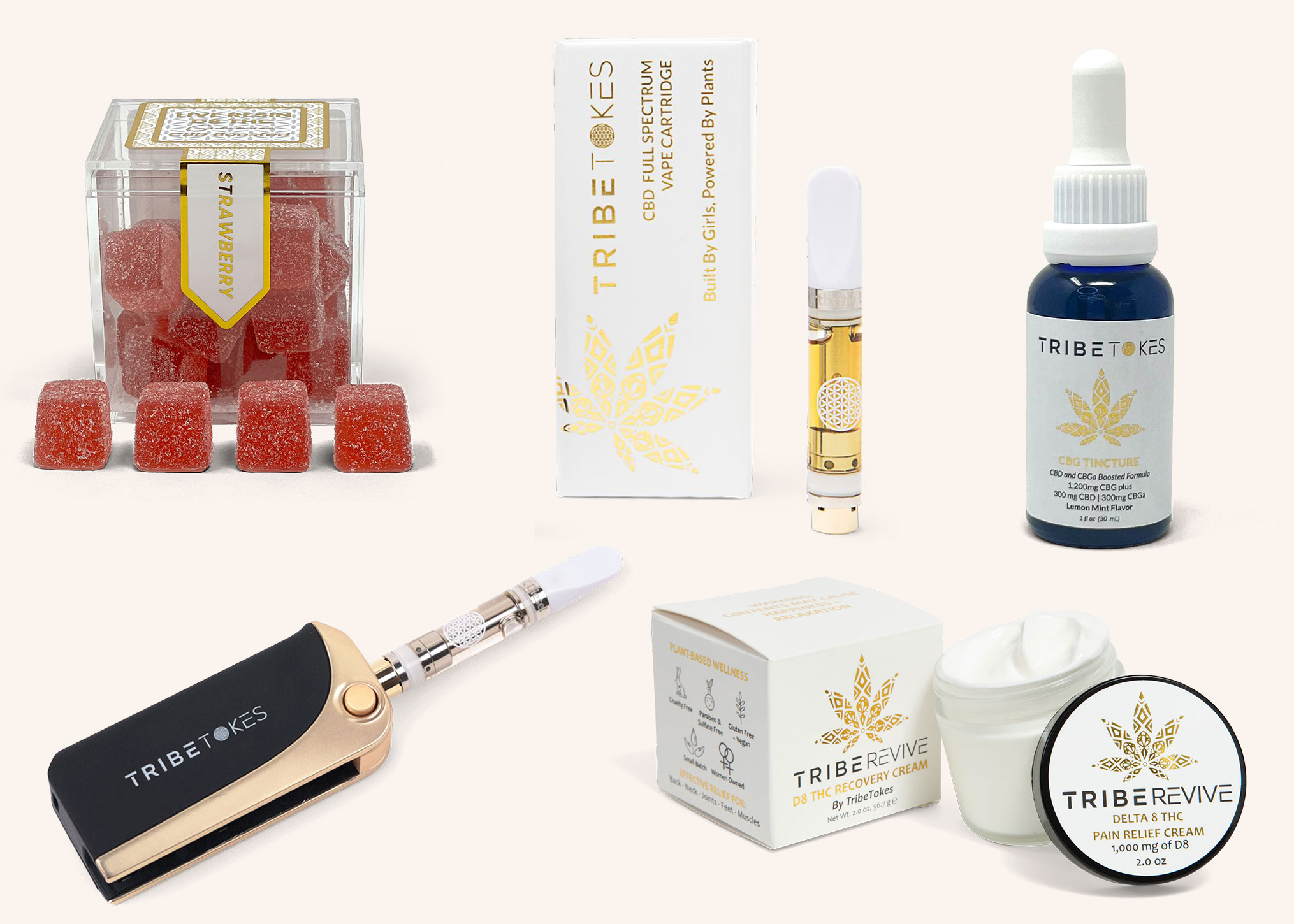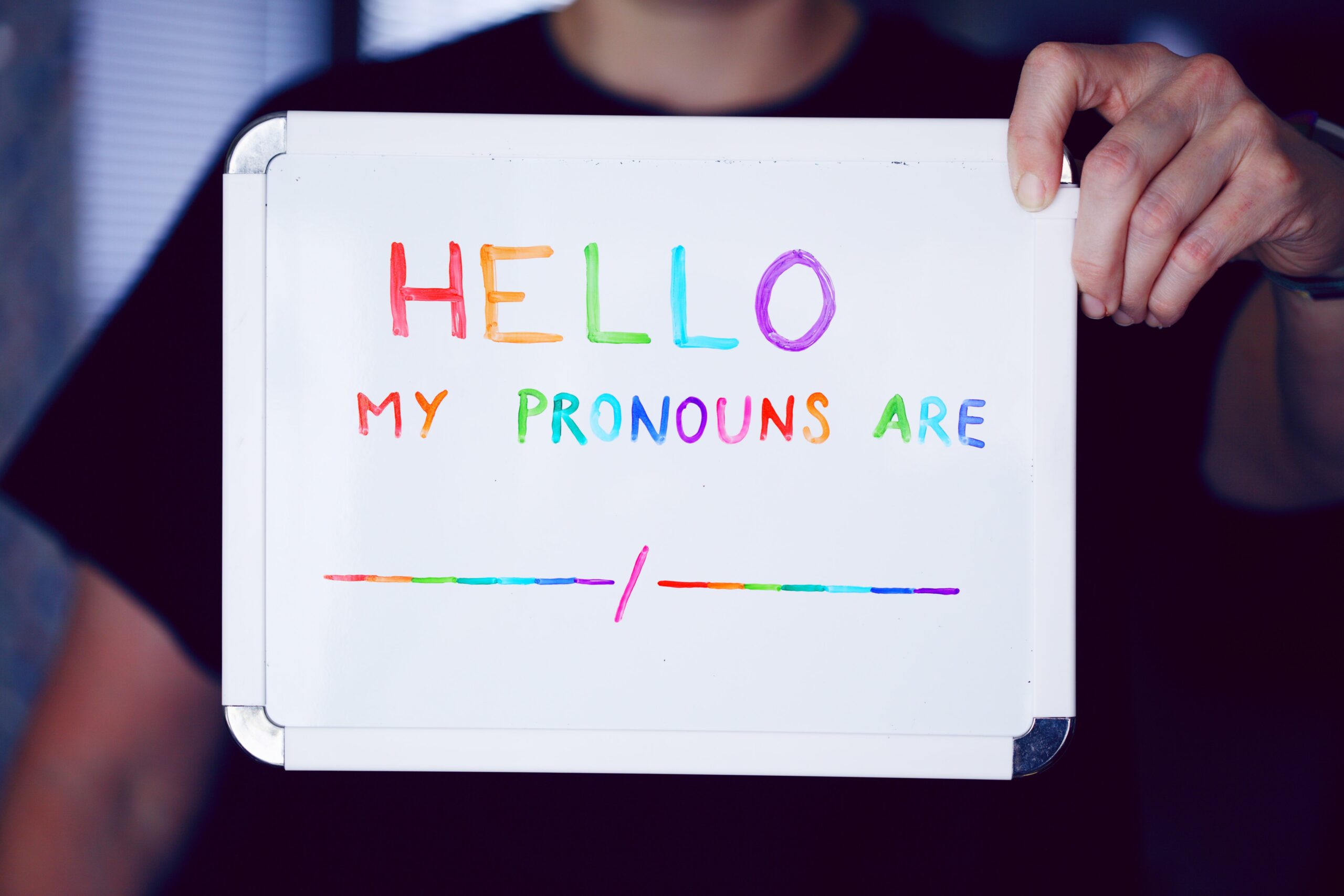Fashion is weird. Crocs and Uggs are so ugly that they’re cute, and so-called “cute” fashion is so over the top that it merits its own subculture (ask Google about kawaii, I dare you). And while society is finally recognizing that gender identity is not a simple binary between “men” and “women,” clothing stores have not. Finding gender neutral clothing is a particular struggle for those who already feel Othered by gender politics and misidentified by mainstream gender roles. Christina Orlando at Them writes, “The process of finding clothes is increasingly difficult when your gender identity doesn’t necessarily match up with the body the world thinks it should.”
For many, the problem is greater than just personal preference, as the delineations between departments for “Men” and “Women” echo a history of rigid patriarchy and oppression. But now, a 2016 survey found that 56% of Gen Zers “know someone who uses gender-neutral pronouns” and “only 44 percent said they always bought clothes designed for their own gender.” Orlando adds that as a queer, genderfluid individual,”Not only am I uncomfortable in these clothes a lot of the time—I’m also not sending the right signals into the world about who I am, and I feel alienated from the queer community as a result.”
But as evidenced by thrift shops, cold brew, and female leaders, today’s trends are mostly re-imaginings of the past. Gender-neutral clothing options, historically marketed as unisex or “free-size” clothing, are expanding as the style is embraced. But “Gender-Neutral Dressing Isn’t a Trend, It’s the New Normal,” with designers from Gucci to H&M offering styles without regard to gender. Designer Rachel Comey says, “I’m sure politics has something to do with it, but more and more I think people are challenging the idea of gender as something that is black and white.” Her own line of non-gendered clothing is available on her website.
But even if you’re not shopping one of these specially designed unisex brands, you can find the right style for you in any clothing department if you keep a few tips in mind.
Shape: Bind it, Push It Up, Push It In, Who Cares?
When shopping in the Men’s or Women’s section, your mental checklist should account for your body type and how you want the clothes to accentuate or hide certain characteristics. What shape do you want to create with the lines of your clothing? The Daily Beast followed three genderfluid shoppers on their excursion to find their ideal clothing, with one noting, “When people think gender neutral, they don’t think of shape, they think of formlessness,” but that’s “not necessarily the right notion.”
Overall, “It’s definitely about your headspace and whether or not you can pull it off and not care what other people think.” Whether you turn to binders or pushup bras to change your silhouette, you’re not limited to one shape for your body. Besides, when in doubt, you can always jump on the onesie or jumpsuit bandwagon.
Size Is Relative
Remember that size is just as arbitrary as gender roles. As advised by Them, gravitate toward brands that carry a wide range of sizes. The wider the range, the more possibilities exist for the sort of shape and style you want to create. Brands like Kirrin Finch, Premme, VEEA, Radimo, FLAVNT, and Big Bud Press all offer a wide range of sizes and are designed by gender-nonconforming people.
Style Can’t Make Up Its Mind
All colors, designs, and patterns are universal; pink was once a color associated with males and suits came into wider fashion thanks to ’80s business women. In act, as a symbol of male dominance, suits are thought to have become the uniform of the patriarchy only relatively recently. Prior to the 20th century, powerful, upper class men wore colorful and lacey outfits to express their high status and privilege. Then, thanks to the massive wingspan of 1980s shoulder pads and the boxy cut of the 80s blazers, the sale of women‘s suits soared as the battle of the sexes attempted to undercut gendered stereotypes. But you don’t need to know any of that to acquire workplace attire that doesn’t affirm a history of gender imbalance, from unisex trousers to a staple black blazer.
The point is: Funky short-sleeved button-ups are for everybody.
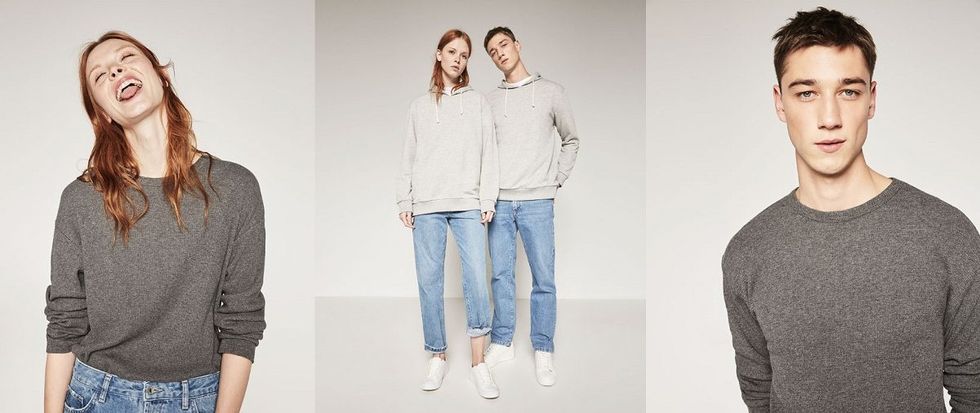
Cost: More Is Sometimes Worth It
As Mashablepointed out, “Gender-fluid clothing is revolutionary—if only it were more affordable.” While smaller brands are finally catering to gender-neutral shoppers, exclusive pricing can still render these options inaccessible. Some designers are more mindful than others. “I try to make my clothes accessible to everyone,” Rebrand’s owner and non-binary designer MI Leggett told Mashable over the phone. “T-shirts run around $15 to $20, and sometimes jackets and coats can go up to $1,500.” One reason why these designers can’t offer more affordable pricing is simply that many of them, like Legett, aren’t sponsored by outside, corporate funding. They’re small operations run by close teams who want to cater to under-represented customers.
When in Doubt: DIY
But as Leggett points out, “I like to take clothes that were gendered and make them non-gendered. There are tricks and adjustments you can do to alter the size and shape of different garments like dresses, shirts, and jackets, that can allow them to fit different body types and figures.” So, you can always recycle your old clothing by cutting, sewing, or patching to create a new style altogether.
Considering that members of the LGBTQ+ community are statistically more likely to experience “socioeconomic disadvantages” and that more bisexual and gay individuals between ages 18 and 49 live in poverty than straight people of the same age, sometimes you don’t have the cash to spare. But even changing accessories, from nail polish or a necklace to a man’s watch or a wallet, can change style without replacing an entire wardrobe. After all, high-heels have flipped back and forth from originally being a sign of masculine aristocracy to ultra-feminine performance for centuries.
Obviously, your confidence and how you feel should be the deciding factors when it comes to fashion. So while societal norms and clothing lines catch up to the reality that gender is a construct, do whatever the f**ck you want. Fashion is like the Internet; no matter how weird or off-the-grid you get, trends will always catch up to you.
